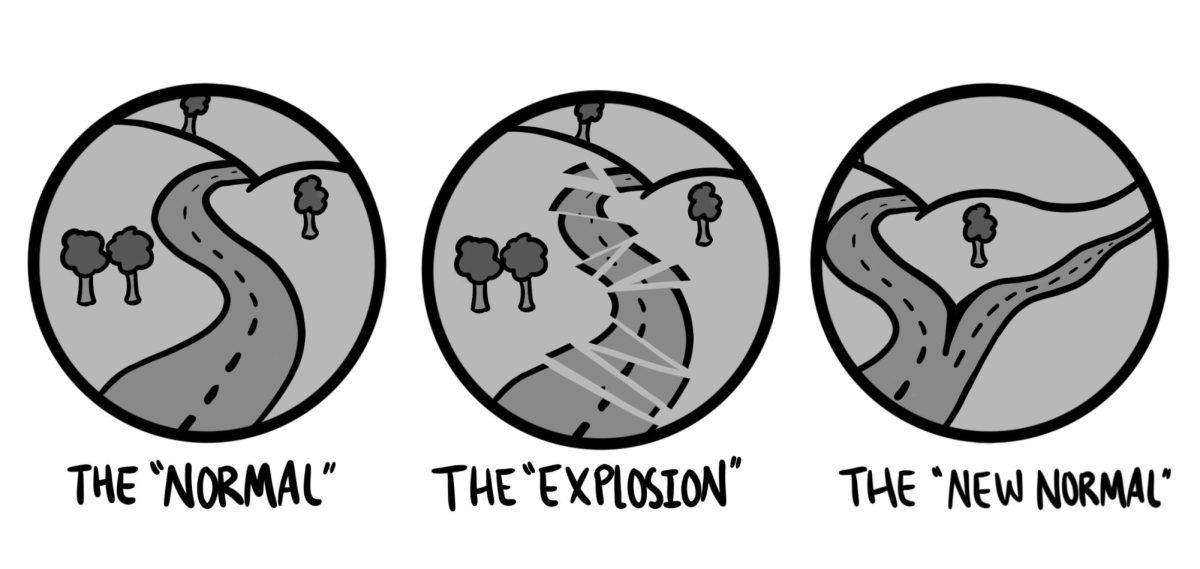You pass the supermarket checkout aisle and reach for a pack of gum from the myriad of options — a choice often made within two seconds and unconsciously. How can one captivate, influence, and transform the brain in such a short time to persuade customers to purchase their gum? According to Kindra Hall, the author of “Stories that Stick,” the key lies in “storyhacking” as a “story is the language of the brain.”
That is exactly what Extra gum did — storyhacking through a commercial video titled “The Story of Sarah and Juan” to connect with consumers. The video begins with the couple’s first meeting and ends with Juan’s marriage proposal to Sarah. Extra gum plays an integral role in unfolding their love story and bringing them together. Within the first week of its release, this two-minute video garnered more than 78 million Facebook views. This story proved immensely beneficial for Extra gum as it helped reverse their declining sales. By crafting the powerful love story, Extra established a strong connection with consumers, a testament to the profound impact of compelling storytelling.
Even if you haven’t seen “The Story of Sarah and Juan,” we’ve all experienced the magic of stories, whether through picture books, novels, or movies. They possess the unique ability to transport us to different worlds, captivating us in a way that makes everything else fade into the background. When a story truly resonates, we become engrossed, turning every page with eager anticipation or sitting on the edge of our seats until the movie’s final moments. Stories always leave us with something more — a lesson, unanswered questions, or the drive to make a change. As Kindra Hall notes, the impact of stories is not fleeting: their effects are long-lasting. That’s part of why storytelling is so powerful.
Extensive research in neuroscience has explored the impact of stories on our brains. When we become engrossed in a captivating story, our brains release a unique combination of chemicals known as the “Angel’s Devil,” comprising dopamine, oxytocin, and endorphins, as described by Andrew Fayad in “This Is Your Brain On Storytelling.” Dopamine generates feelings of joy, driving us to continue reading, oxytocin cultivates empathy, enabling us to connect and empathize with the characters, and endorphins aid in coping with stress, providing a sense of relaxation. This intricate interplay of brain chemicals elucidates the powerful effect that stories have on our thoughts and emotions.
However, not all stories are created equal. According to Kindra Hall, there are four essential components to crafting an effective story: relatable characters, authentic emotions, a pivotal moment, and specific details. Relatable characters draw us into a story by reflecting our own experiences and aspirations, fostering a sense of connection. Genuine emotions allow us to empathize and form a deeper bond with the narrative. The pivotal moment serves as a memorable focal point, enhancing the story’s impact and longevity in our minds. Specific details enrich the story and enhance relatability, ensuring that the narrative resonates with its audience.
Hall also proposes a storytelling framework comprising three elements: the normal, the explosion, and the new normal. The normal is similar to an exposition, focusing on introducing identifiable characters and authentic emotions while establishing a connection with the audience. This engagement encourages the audience to care about the story’s outcome. The explosion, akin to the climax, marks a critical turning point that alters the narrative’s trajectory. Lastly, the new normal functions as the resolution, underlining the changes that have occurred and reinforcing the story’s core message.
After reading “Stories that Stick,” I gained insights into why one of my father’s stories had such a profound and lasting impact on me. During his childhood summers, my father worked on a farm in rural China to help his grandma. Under the scorching summer sun, he carried heavy loads. As sweat mingled with the earth, his determination wavered, but he came up with a strategy. He would break down his seemingly insurmountable tasks into smaller, more manageable steps. By using the landscape around him, like the nearest tree or rock, as milestones, he persevered and pushed beyond his limits.
The story resonates deeply with me because it encompasses all four essential elements: my father as the relatable character, authentic emotions of helplessness, a pivotal moment of triumph after great challenges, and specific details about executing the plan. Inspired by my father’s journey, I have learned to deconstruct my own challenges and overcome obstacles. My father’s story, brought to life through the power of storytelling, continues to guide me whenever my determination falters.
Next time you need to give a presentation, persuade someone, or connect with an audience member, remember the power of stories. After all, as Jimmy Neil Smith, founder of International Storytelling Center said, “We are all storytellers. We all live in a network of stories. There isn’t a stronger connection between people than storytelling.”



